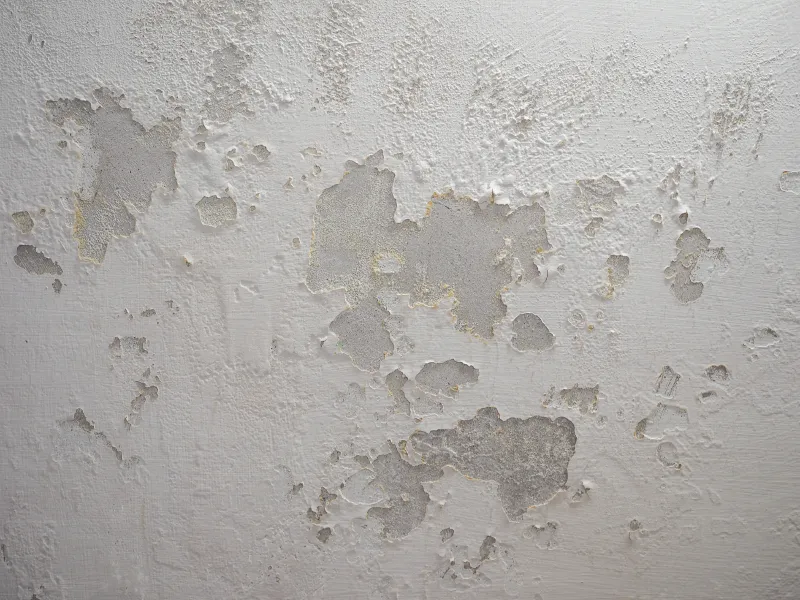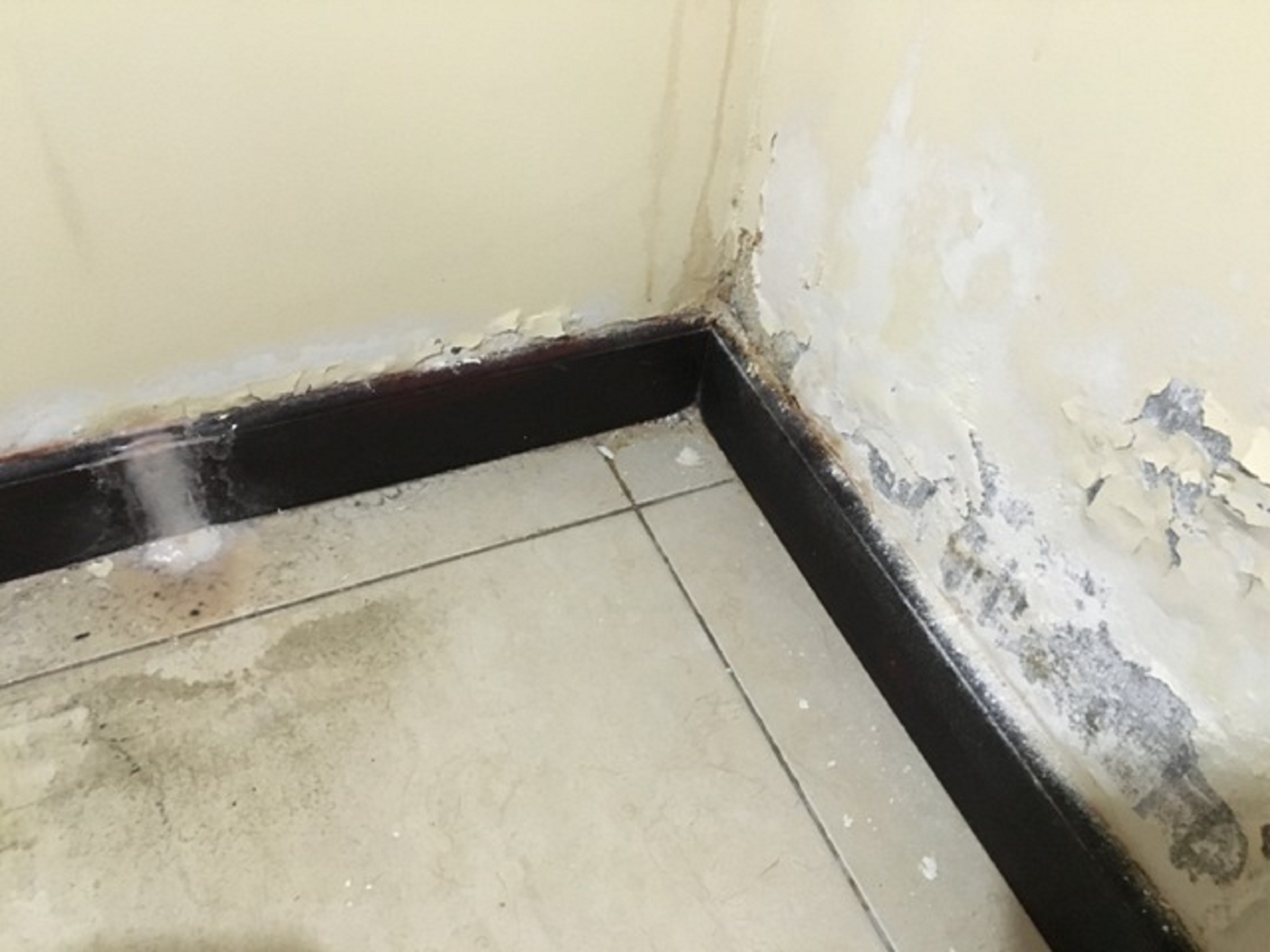Do's & Don'ts of Water Restoration.
Do's & Don'ts of Water Restoration.
Blog Article
Everyone seems to have their own individual way of thinking on the subject of Ways to Reduce The Risk Of Fire And Water Damage.

Water offers life, water intrusion on parts where it's not meant to be can result in damages. Residences with water damages scent mildewy and also old.
Water can originate from numerous sources such as tropical storms, floodings, burst pipes, leaks, as well as sewer problems. In case you experience water damages, it would be excellent to know some safety precautions. Here are a few guidelines on exactly how to take care of water damages.
Do Prioritize Residence Insurance Coverage
Water damage from flood because of heavy winds is seasonal. You can also experience a sudden flood when a faulty pipe suddenly bursts right into your house. It would certainly be best to have house insurance policy that covers both disasters such as all-natural disasters, as well as emergencies like broken plumbing.
Do Not Neglect to Switch Off Energies
In the event of a calamity, specifically if you reside in a flood-prone area, it would be advisable to turn off the major electric circuit. This cuts off power to your whole residence, protecting against electric shocks when water can be found in as it is a conductor. Don't forget to transform off the primary water line valve. Furniture will relocate around and create damage when floodwaters are high. Having the main shutoff shut off prevents additional damage.
Do Keep Proactive and Heed Climate Informs
Listen to emptying cautions if you live near a lake, creek, or river . Doing so reduces prospective residential or commercial property damage.
Do Not Neglect the Roof
You can avoid rain damages if there are no openings and also leaks in your roof. This will certainly prevent water from flowing down your walls as well as soaking your ceiling.
Do Focus On Small Leaks
A ruptured pipeline doesn't take place overnight. You may observe gurgling paint, peeling off wallpaper, water streaks, water discolorations, or leaking sounds behind the walls. Have your plumbing fixed before it results in massive damages.
Do Not Panic in Case of a Burst Pipeline
Keeping your clearheadedness is important in a time of crisis. Because it will suppress you from acting fast, worrying will only intensify the issue. When it involves water damage, timing is crucial. The longer you wait, the more damage you can expect. Thus, if a pipe bursts in your house, immediately shut off your primary water valve to cut off the resource. Disconnect all electric outlets in the area or turn off the circuit breaker for that part of the home. Lastly, call a reliable water damage restoration specialist for aid.
Water provides life, water invasion on parts where it's not intended to be can result in damages. Homes with water damages smell old as well as mildewy.
Water damages from flooding dues to heavy winds is seasonal. You might observe bubbling paint, peeling wallpaper, water streaks, water discolorations, or dripping audios behind the wall surfaces. When it comes to water damages, timing is key.
Some Do's & Don't When Dealing with a Water Damage
DO:
Make sure the water source has been eliminated. Contact a plumber if needed. Turn off circuit breakers supplying electricity to wet areas and unplug any electronics that are on wet carpet or surfaces Remove small furniture items Remove as much excess water as possible by mopping or blotting; Use WHITE towels to blot wet carpeting Wipe water from wooden furniture after removing anything on it Remove and prop up wet upholstery cushions for even drying (check for any bleeding) Pin up curtains or furniture skirts if needed Place aluminum foil, saucers or wood blocks between furniture legs and wet carpet Turn on air conditioning for maximum drying in winter and open windows in the summer Open any drawers and cabinets affected for complete drying but do not force them open Remove any valuable art objects or paintings to a safe, dry place Open any suitcases or luggage that may have been affected to dry, preferably in sunlight Hang any fur or leather goods to dry at room temperature Punch small holes in sagging ceilings to relieve trapped water (don't forget to place pans beneath!); however, if the ceiling is sagging extremely low, stay out of the room and we'll take care of it DO NOT:
Leave wet fabrics in place; dry them as soon as possible Leave books, magazines or any other colored items on wet carpets or floor Use your household vacuum to remove water Use TV's or other electronics/appliances while standing on wet carpets or floors; especially not on wet concrete floors Turn on ceiling fixtures if the ceiling is wet Turn your heat up, unless instructed otherwise

We are very serious about What You Can Do At Home To Prevent Fire And Water Damage and I really hope you liked the new blog posting. So long as you enjoyed reading our page if you please don't forget to share it. Thank you so much for taking the time to read it.
Report this page